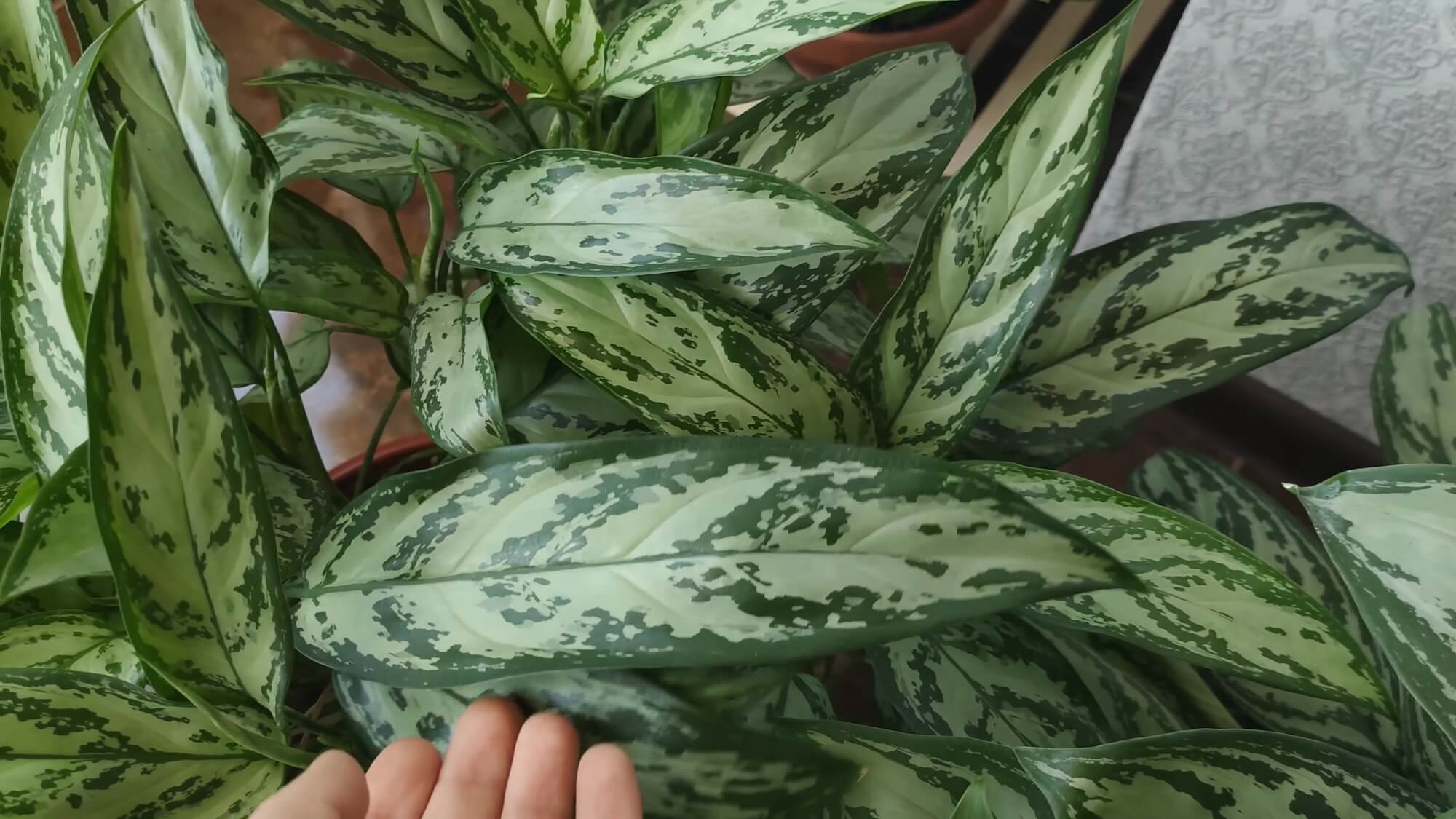לEach plant and each type of distress has a characteristic sound that can be identified. The sounds of the plants sound like clicks, like popcorn, at a volume similar to human speech but at frequencies above the human hearing range, and they may be picked up by various animals, such as bats, mice and insects
While you talked to your pots and thought they didn't make a sound, it turns out they're actually quite chatty, especially when they're actually waiting for you to water them. Researchers at Tel Aviv University succeeded for the first time in the world in recording and analyzing clear sounds made by plants, at high frequencies that the human ear is unable to perceive. The researchers: "We found that plants make sounds mainly when they are in distress, and each plant and each type of distress has a characteristic sound that can be identified. The sounds of the plants sound like clicks, like popcorn, at a volume similar to human speech but at frequencies above the human hearing range, and they may be picked up by different animals, such as bats, mice and insects."
The research was led by Prof. Lilach Hadani from the School of Plant Sciences and Food Security In the Faculty of Life Sciences in collaboration with the bat researcher Prof. Yossi Yuval, head The Sagol School of Neuroscience and a faculty member at the zoology school and the Steinhardt Museum of Nature, and the students Yitzhak Hait and Ohad Levin Epstein. Researchers from the School of Mathematical Sciences, the Cereal Research Institute and the Segol School of Neuroscience at Tel Aviv University also participated. The article was published in the prestigious journal Cell.
the singing of the weeds
Prof. Hadani: "From past research we know that a vibration meter attached to a plant records vibrations (vibrations), but until today it was not clear whether these vibrations also become sound waves that travel through the air, that is, sounds that can be picked up from a distance. In the present study, we sought to answer this issue, which has occupied researchers for many years."
In the first step, the researchers put the plants in an acoustic box in an isolated basement with no background noise, and next to them, at a distance of about 10 cm, they placed ultrasonic microphones that pick up sounds at frequencies between 80-40 kHz (an adult's ear picks up to about 16 kHz) . The recordings were made mainly on tomato and tobacco plants, but wheat, corn, grapevine, cactus and sedum were also recorded.
"It turns out that a pastoral field is probably a noisy place - only we don't hear the voices!"
Prof. Hadani: "Before we put the plants in the acoustic box, we performed a variety of operations on them: some were not watered for five days, some had the stem cut, and others we did not touch. We asked to check in which situations, if any, they make sounds. The findings were fascinating: plants that were not in distress made about one sound per hour, while the plants that were dried or cut made an average of dozens of sounds per hour."
The recordings collected in this way were analyzed on a computer using dedicated algorithms developed especially for this purpose in the technology of 'machine learning' (artificial intelligence). The algorithms learned to distinguish between types of sounds, and to identify for each recording the type of plant and the type and degree of distress it is in. More than that: they knew how to identify and classify the sounds of the plants even when the experiment was conducted in a greenhouse that is not insulated, and there is quite a bit of external noise. There it was possible to follow the drying process over time, and it was found that the amount of sounds increased with the drying until it reached a certain peak, and then decreased.
Prof. Hadani concludes: "In our research, we proved that plants make sounds, thus putting an end to a scientific controversy that has been going on for many years. The findings show that the world is full of the sounds of plants, and that these sounds contain information, for example about the lack of water or some kind of injury. We hypothesize that in nature the sounds of plants are picked up by creatures in the environment (such as bats, rodents, various insects and possibly other plants), which are able to hear the high frequency and produce information that is relevant to them. It is possible that in the future humans will also be able to use such information, for example through a sensor that will report to the grower when the plant dries up and needs to be watered. It turns out that a pastoral field is probably a noisy place - only we don't hear the voices!"
In follow-up studies, the researchers will ask to examine a number of fascinating issues: What is the mechanism by which the plants make the sounds? How do moths perceive and respond to sounds made by plants? And do other plants also 'hear the voices'?
More of the topic in Hayadan:

